Capitol Reef is a national park in the southern part of the State of Utah. It’s best known for its sandstone cliffs and monoliths nestled within a desert setting. It’s worth pairing a visit with a tour of nearby Zion National Park, Grand Canyon, or Arches.
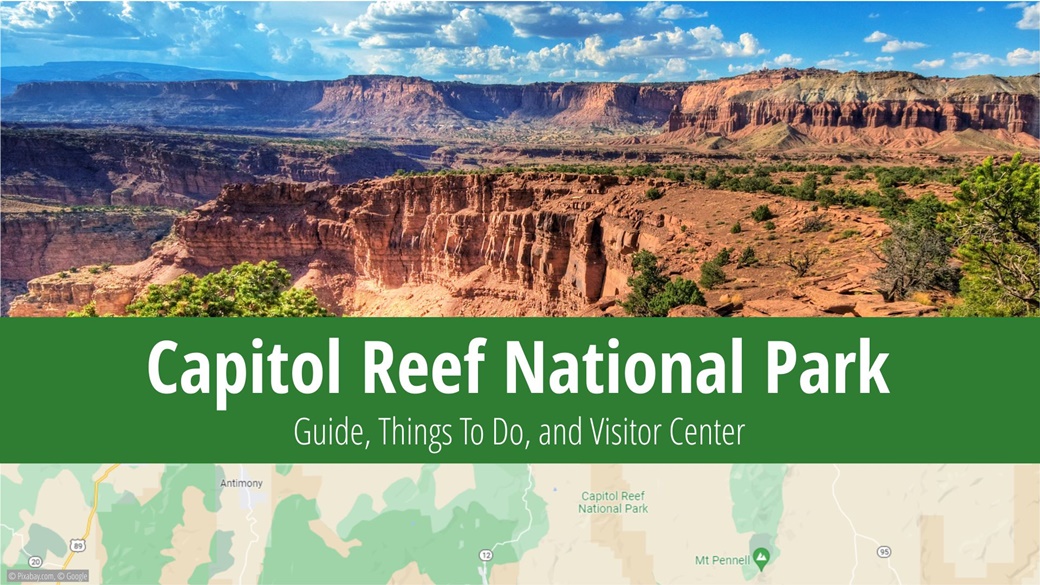
Table of Contents
- Information About Capitol Reef National Park
- What to See and Do in Capitol Reef National Park
- When to Visit Capitol Reef National Park
- Entrance Fees for Capitol Reef National Park
- Getting to Capitol Reef National Park
- Accommodation in Capitol Reef National Park
- Tips and Recommendations Before Traveling to Capitol Reef National Park
- Photos of Capitol Reef National Park
Information About Capitol Reef National Park
Capitol Reef National Park takes the shape of a narrow stretch characterized by a 99 mi long Waterpocket Fold rock wall. The park spans a total area of 378 sqmi, with sandstone monoliths, spires, cliffs, valleys, and desert constituting most of the surface. The Fremont River has carved sharply-defined edges into the canyons over time.
Capitol Reef was first recognized as a national monument on August 2, 1937, and was upgraded to a national park on December 18, 1971. It earned its name rather straightforwardly. The sandstone domes reminded early explorers of the Capitol building in Washington, D. C. The rock walls, on the other hand, evoked images of sea cliffs, often referred to as “reefs” in English. Capitol Reef NP received 1,405,353 visitors in 2021.
The highest point in the park, near Billings Pass, sits at 8,957 ft, while the lowest point at Halls Creek is at 3,878 ft.
Among the animals in the park, you’re most likely to encounter iguanas, lizards, and spotted toads, while foxes, bats, hares, and rabbits are the prevalent mammals. The most common fish species are spotted deer, red-backed deer, and thornyheads, and eagles, falcons, and ravens are the birds often sighted.
Across Capitol Reef Park, there are 887 species of plants, six of which are on the federal endangered species list. Utah juniper, Colorado pine, aspen, and Fremont poplar are the dominant tree species. Visitors may come across several species of cactus, which bloom in the park from April to July.
What to See and Do in Capitol Reef National Park
A tour of Capitol Reef National Park essentially involves a drive along the scenic road, also known as Scenic Drive. This 8 mi paved road has 11 stops and starts at the visitor center. During the ride, you’ll encounter, among others, the following formations:
Moenkopi Formation
Standing over 951 ft high at the site, these reddish-brown formations have been around for over 225 million years. Close by is the Chinle Formation – several petrified wood formations reaching up to 699 ft high.
Waterpocket Fold
The Waterpocket Fold rock wall extends across the entire park and can be observed at the second stop. Its name is derived from the many pockets that retain rainwater and snow.
Cassidy Arch
A bit further along the way, you’ll find Grand Wash Canyon and Cassidy Arch. The arch is named after the infamous outlaw Butch Cassidy, who is believed to have once hidden in the area.
Sandstone Elemental
At the subsequent stop, you’ll witness the aforementioned sandstone formations replete with water-holding holes, somewhat reminiscent of Swiss cheese.
Capitol Gorge
Another notable landmark is the narrow Capitol Gorge. From 1884 to 1962, it was possible to drive completely through it; today, only part of it is passable.
Navajo Formation
In the final section, you’ll get a chance to see the white Navajo Formation, whose shape reminded early pioneers of the Capitol building.
Alternatively, you can take the 59 mi Cathedral Valley Drive loop, but this road is not suited for cars with a lowered chassis. The valley gets its name from the formations that bear resemblance to cathedrals.
For hiking enthusiasts, the park features 15 trails of varying difficulty levels with lengths ranging from 656 ft to 5 mi. The 1,969 ft-long Sunset Point trail with its breathtaking sunset views and the Hickman Bridge, which passes over a 131 ft-long and 121 ft-high natural bridge, are worth mentioning.
The sandstone cliffs of Capitol Reef Park can be climbed without a special permit. However, if you plan to camp overnight in the wilderness, a free permit must be obtained from the visitor center.
Visitors seeking social interaction can partake in one of the programs organized by the park rangers at the center. These programs are scheduled almost every day, and most often include lectures about the park or guided hikes.
When to Visit Capitol Reef National Park
The park is open year-round, including the campgrounds and visitor centers, but it is most frequently visited during the summer holidays, when the weather tends to be quite hot. The optimal time to visit is from mid-April to mid-June, and then again from September to October. Temperatures range from 54 °F at night to 79 °F during the day.
Visiting in the summer is only recommended for those who can tolerate high temperatures, as they commonly hover around 90 °F and in extreme cases can reach up to 104 °F.
Conversely, January is the coldest month, with an average temperature of 30 °F and approximately 12 cm of snow cover.
Average Temperatures and Visitor Numbers at Capitol Reef National Park
Capitol Reef National Park’s average temperatures are based on measurements taken from 1991-2020. The number of visitors is based on the average from 2017-2021, and the data source is the National Park Service.
Average temperatures and visitor numbers at Capitol Reef National Park
Capitol Reef National Park average temperatures measured from 1991-2020. Visitor numbers are based on the 2017-2021 average, data source is the National Park Service.
| Max Temp | Min Temp | Precipitation Days | Visitors | Popularity | |
|---|---|---|---|---|---|
| January | 41 °F | 19 °F | 2.8 | 13 893 | 🟩 |
| February | 46 °F | 27 °F | 2.9 | 18 101 | 🟩 |
| March | 57 °F | 34 °F | 3.5 | 79 184 | 🟨🟨 |
| April | 64 °F | 39 °F | 3.4 | 137 501 | 🟧🟧🟧 |
| May | 73 °F | 48 °F | 3.2 | 192 373 | 🟥🟥🟥🟥 |
| June | 88 °F | 57 °F | 1.9 | 151 736 | 🟧🟧🟧 |
| July | 91 °F | 64 °F | 4.6 | 136 785 | 🟧🟧🟧 |
| August | 88 °F | 63 °F | 5.1 | 112 394 | 🟨🟨 |
| September | 81 °F | 55 °F | 5.1 | 164 128 | 🟧🟧🟧 |
| October | 66 °F | 43 °F | 4.0 | 141 263 | 🟧🟧🟧 |
| November | 52 °F | 30 °F | 3.0 | 47 052 | 🟩 |
| December | 39 °F | 21 °F | 2.8 | 20 504 | 🟩 |
Entrance Fees for Capitol Reef National Park
The entrance fee for Capitol Reef National Park is $20.00. This fee is applied to an entire vehicle’s occupants. For motorbikes, the fee is $15.00. Pedestrians and cyclists are charged $10.00. This fee is payable after crossing the Scenic Drive behind Fruita Campground.
If you plan to visit multiple parks, consider purchasing the America the Beautiful pass. The $80 pass provides free admission to all USA National Parks for one year from the first month of use.
Getting to Capitol Reef National Park
To visit Capitol Reef National Park, it’s advisable to have your own car. Public bus transportation is virtually impossible. If you plan to rent a car, a four-wheel-drive vehicle is recommended as the park roads are not paved.
Below, I’ve prepared routes and drive times from several towns in the area to the visitor center:
| Starting Point | Distance | Drive Time | Route |
|---|---|---|---|
| Albuquerque | 462 mi | 8 hours | View Route |
| Denver | 437 mi | 6 hours 50 minutes | View Route |
| Arches National Park | 142 mi | 2 hours 20 minutes | View Route |
| Grand Canyon National Park | 252 mi | 5 hours 10 minutes | View Route |
| Zion National Park | 180 mi | 3 hours 35 minutes | View Route |
| Las Vegas | 359 mi | 5 hours 30 minutes | View Route |
| Salt Lake City | 224 mi | 3 hours 40 minutes | View Route |
You can park your car for free at the visitor center. However, unlike other well-known parks in the area, Capitol Reef does not operate shuttle buses.
Accommodation in Capitol Reef National Park
🏨 Hotels
Overnight stays in hotels and motels are available in Richfield (northwestern part of the park), Torrey (northeast), and Escalante (southeast). Chains such as Motel 6 and Super 8 have branches in these areas.
⛺ Campsites
Just south of the visitor center is the Fruita Campground with 71 tent sites. Each site is equipped with a picnic table and fire ring, with standard restrooms and access to drinking water in the common areas. The campground is open year-round, and during the spring and fall, it can fill up completely in a single morning. Reservations are not accepted, and there is a nightly charge of $25.
The campground is situated in a beautiful setting of orchards planted on-site by Mormons in the 18th century. The park management cares for 2,700 cherry, peach, apricot, apple, walnut, pear, plum, and other trees. Visitors are allowed to pick and eat the fruit but are asked not to take any outside the park boundaries.
For those seeking more adventure, there is the option to spend the night in the wilderness.
Tips and Recommendations Before Traveling to Capitol Reef National Park
ℹ️ Visitor Center
When touring the park, I recommend starting at the visitor center, located just off the easily accessible Utah State Highway 24. Open daily from 8 a.m. to 4:30 p.m., the center is available to provide additional information, sell souvenirs, or display exhibits that chart the area’s history.
👍 Good to Know
I recommend scheduling a visit to this park as a half-day activity during a trip to the more renowned parks collectively known as The Mighty 5 – Arches, Bryce Canyon, Canyonlands, and Zion.
Before setting off to the park, I suggest stopping by a convenience store or gas station to stock up on food and water. Inside the park, snacks and beverages are only available for purchase at the visitor center. These will suffice in an emergency, but they won’t fully satisfy your hunger. Drinking water is accessible throughout the park, but it’s still important to carry enough supplies at all times, especially in the hot summer months when the risk of dehydration is high. Don’t forget to bring along sunscreen and a hat.
While planning your tour of the park, download useful brochures to your phone, featuring information, maps, and points of interest. There’s no need to print them out; just study them directly on your phone or tablet, perhaps during long car rides.
Photos of Capitol Reef National Park
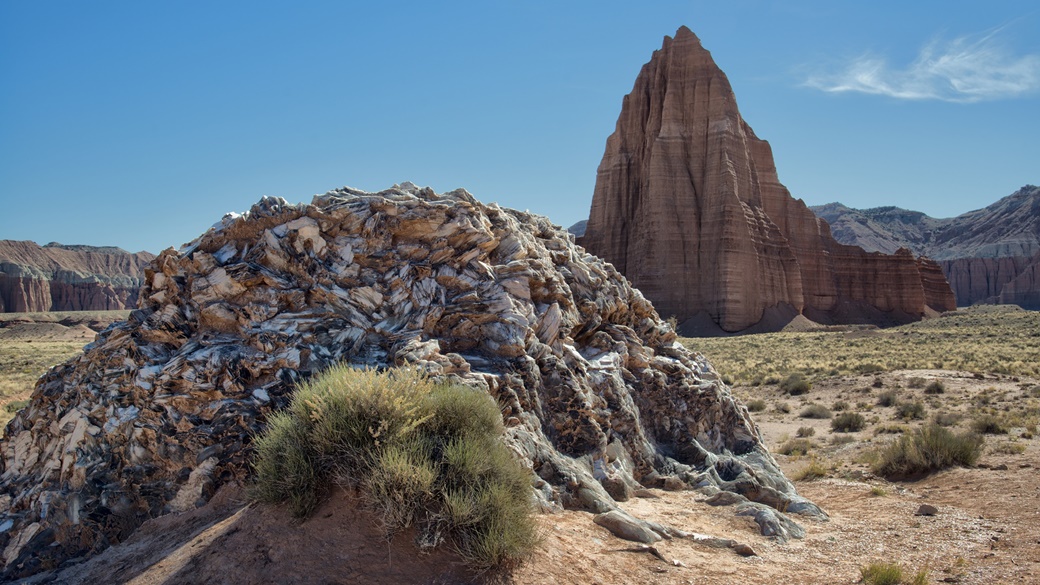

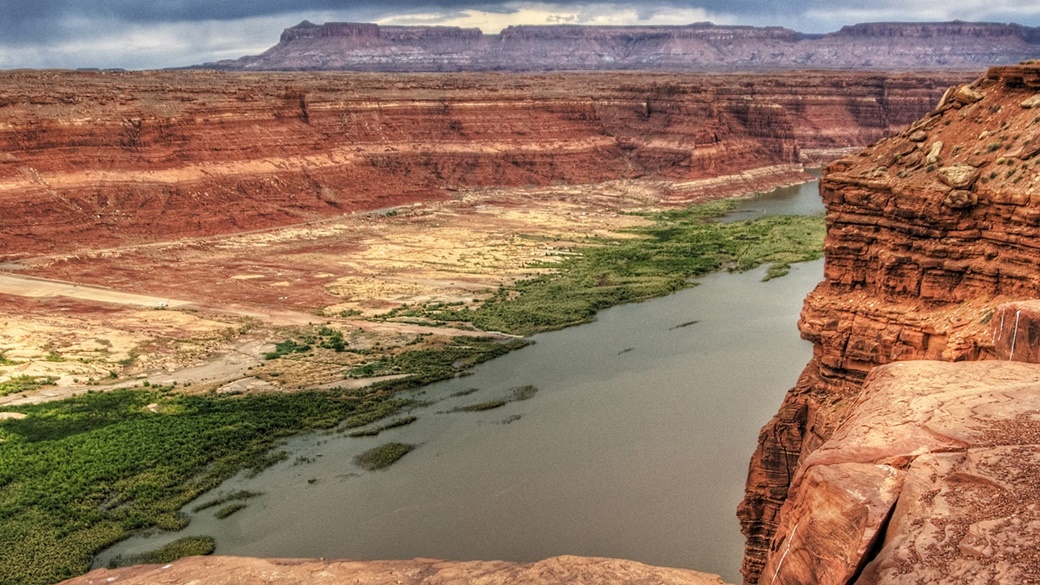
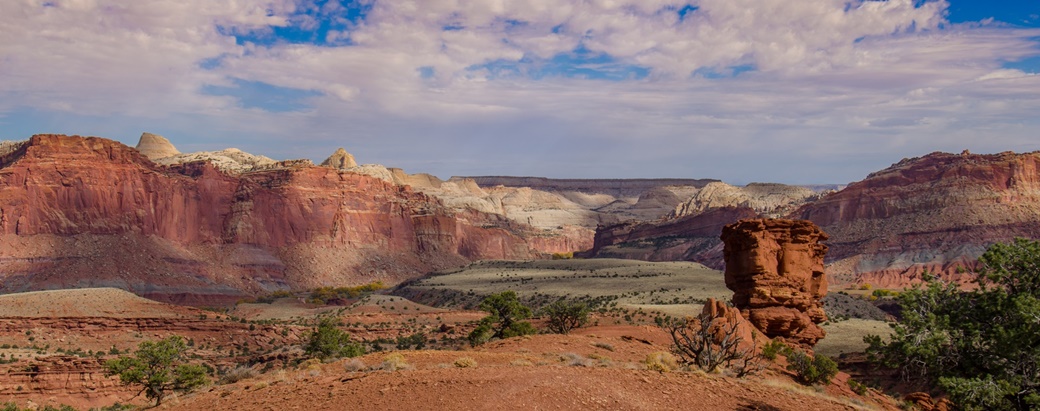
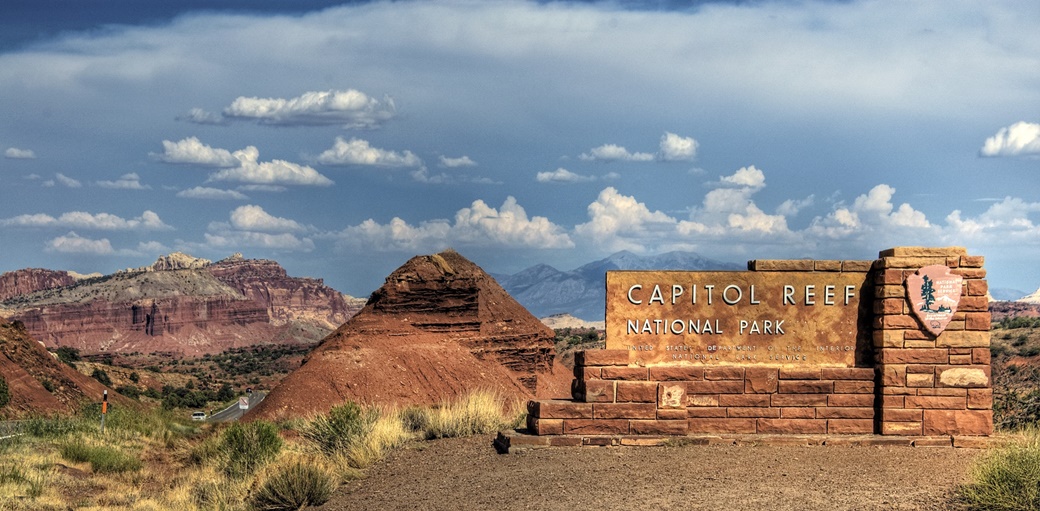
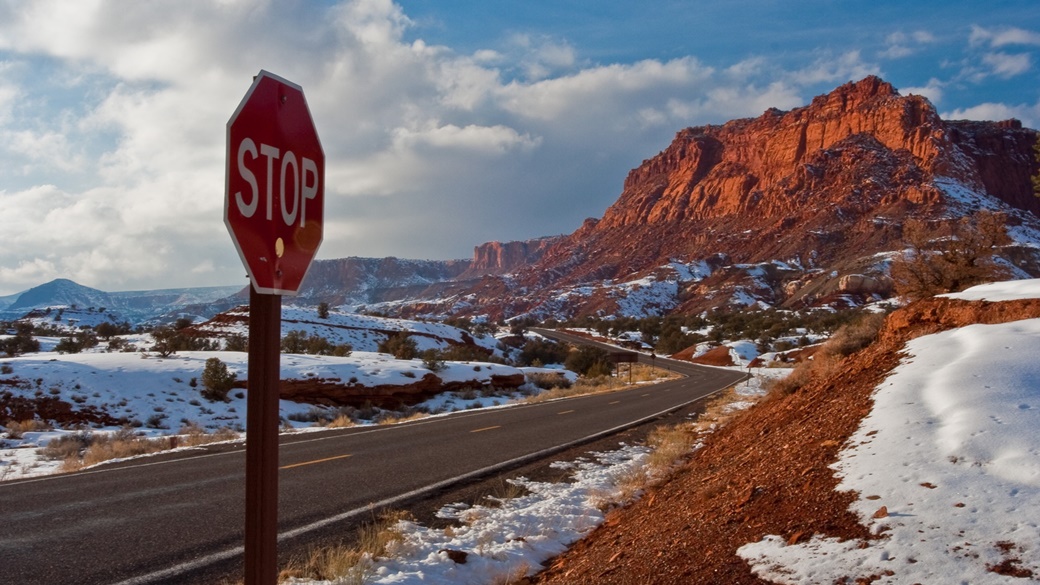
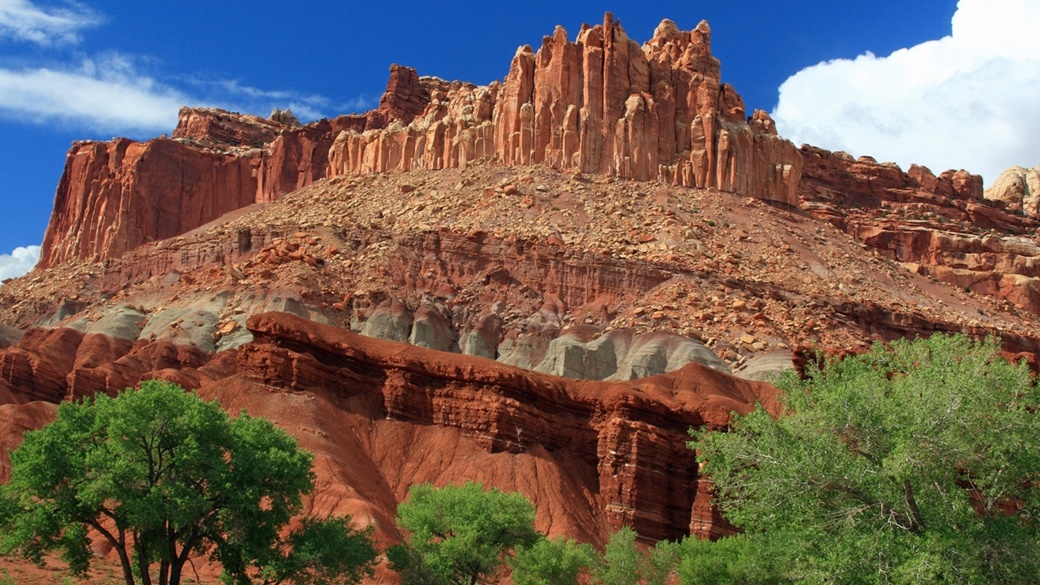
US National Parks
- National Parks of the USA – Map, List and Annual Pass
- America the Beautiful Pass 2025 – How It Works, Cost & Parks
- Timed-Entry Reservation for US National Parks (2025 GUIDE)
Travel Guides to USA National Parks

 10 Best Photo Places in the USA
10 Best Photo Places in the USA



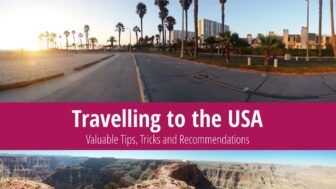
Contribute with Your Question or Personal Experience